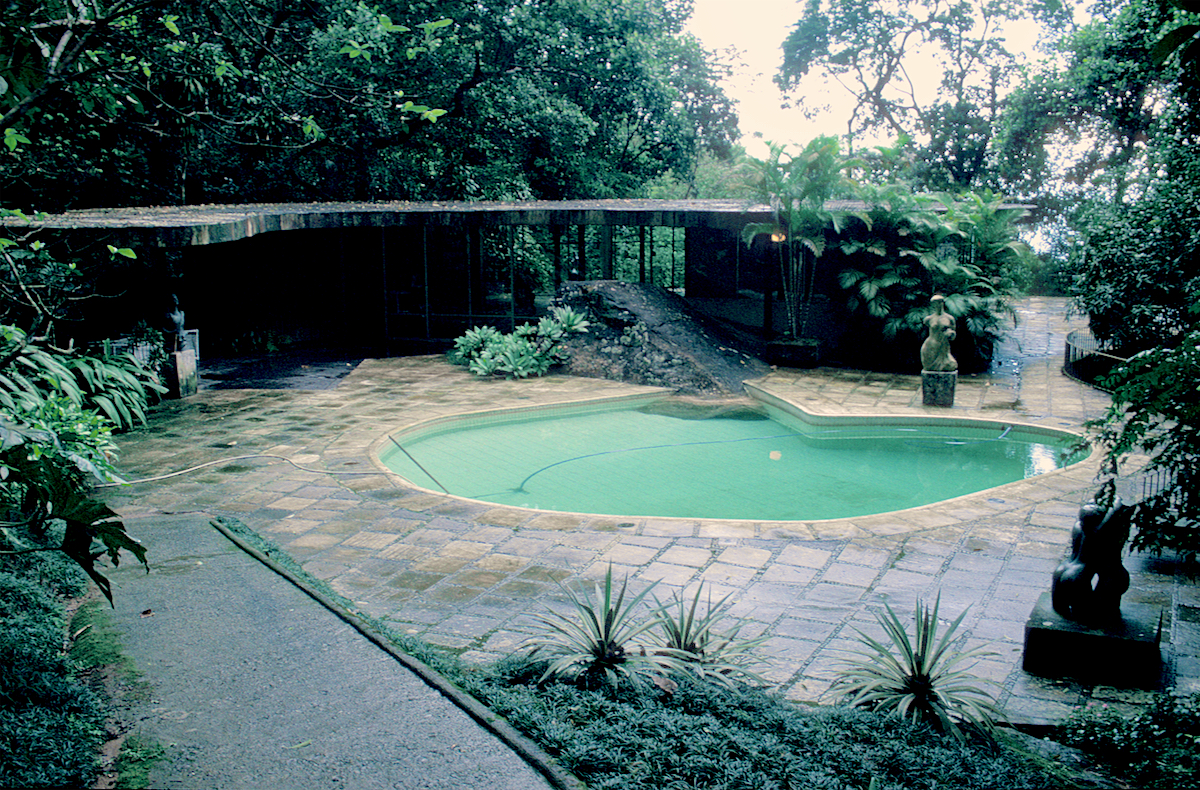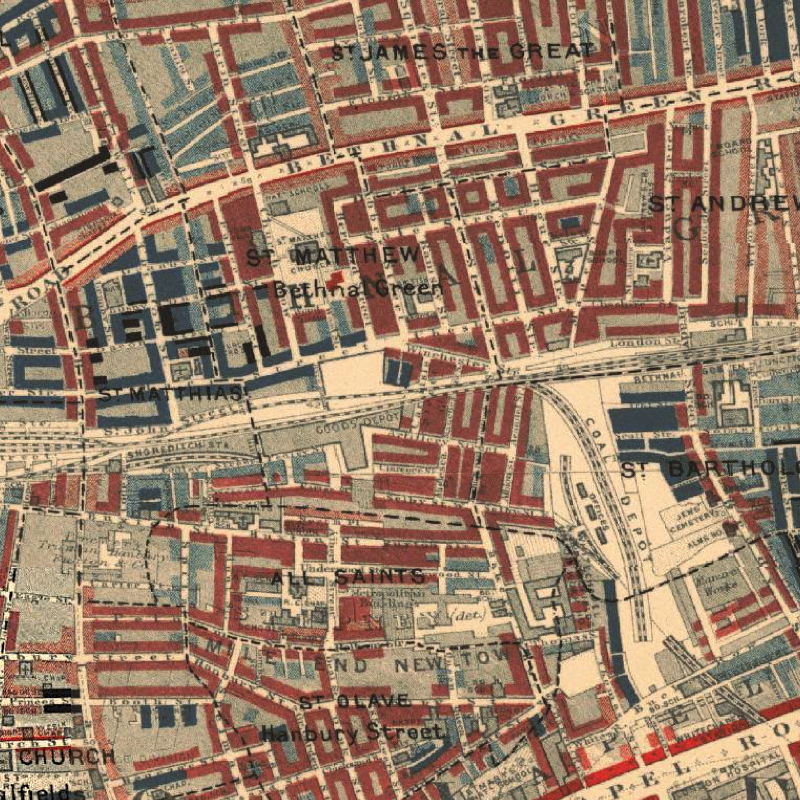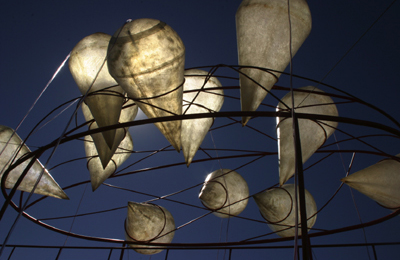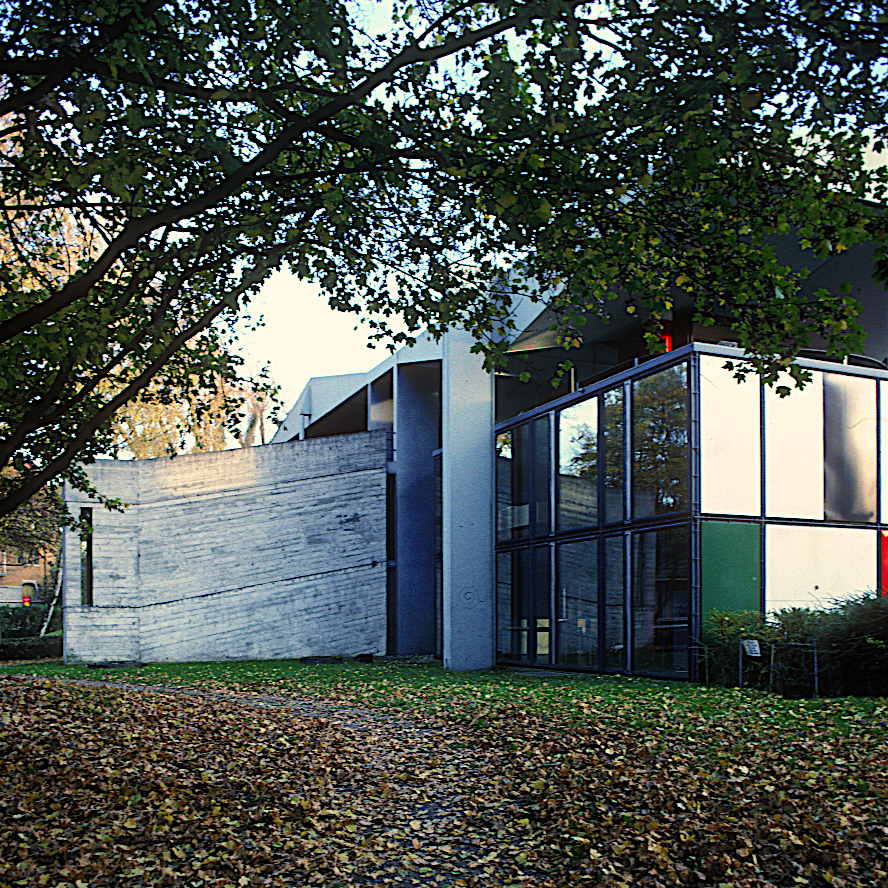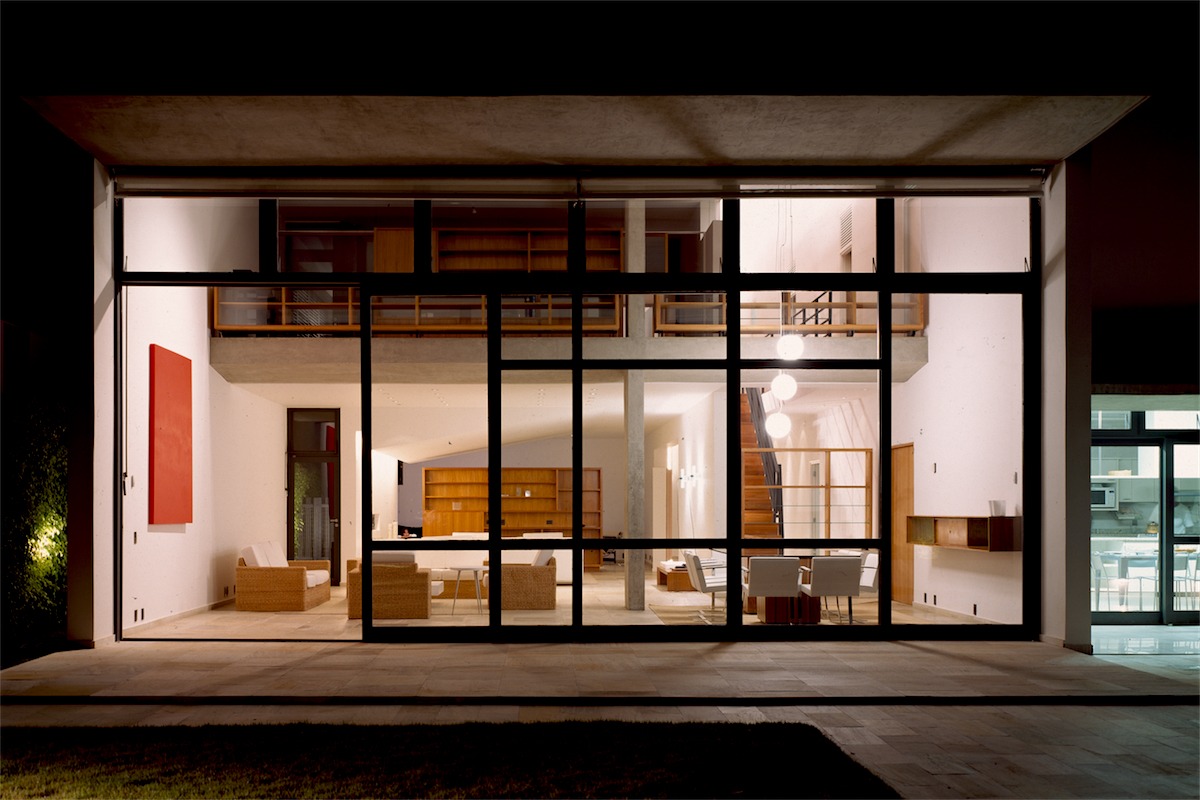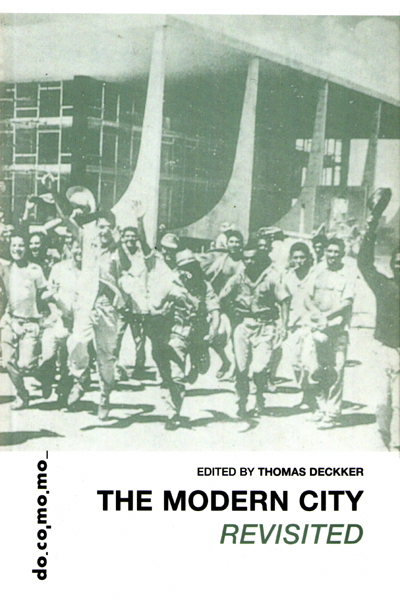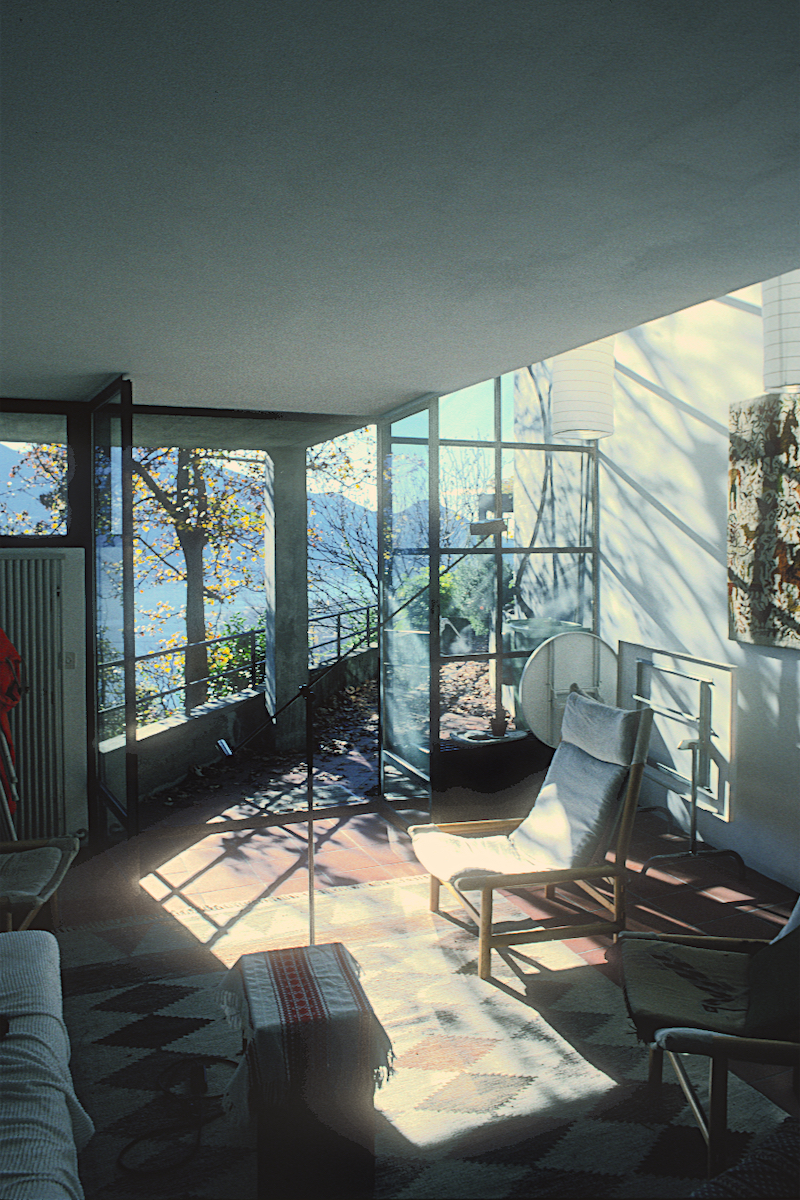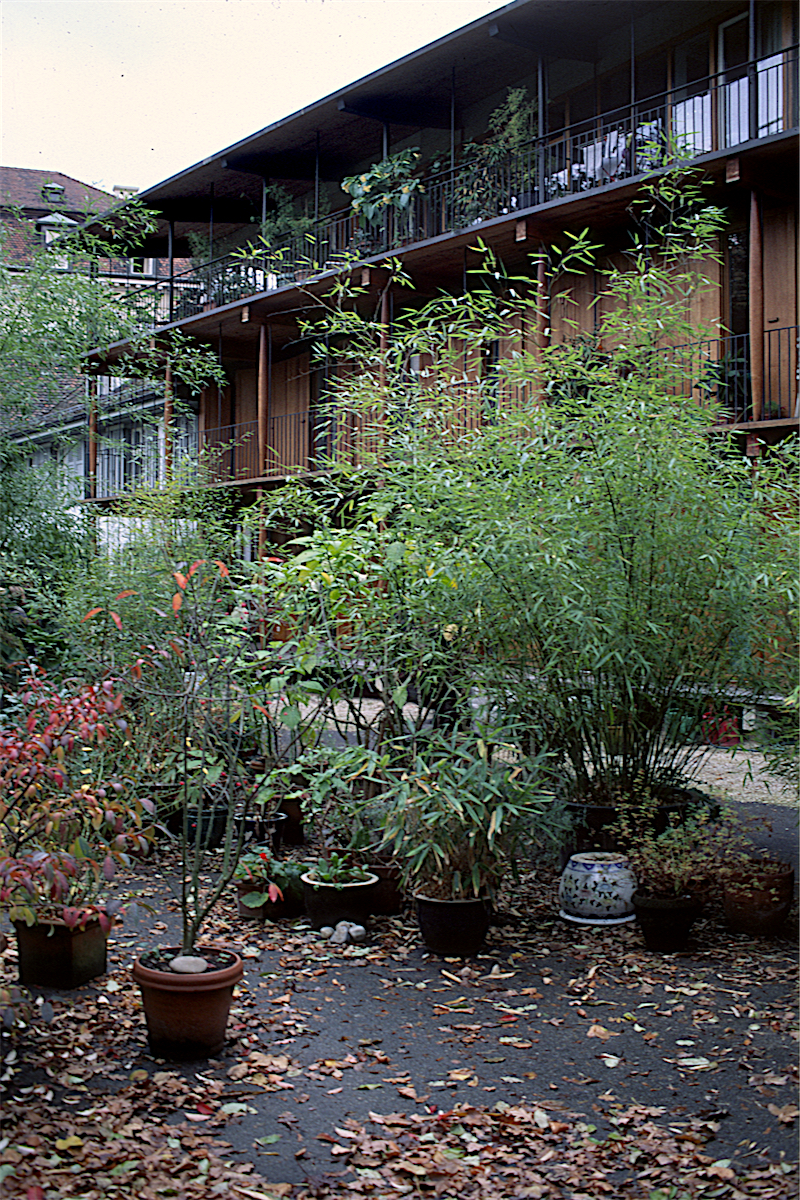Many architects would consider that architecture is one of the great humanist discourses through which we collectively contemplate the human condition. The Roman architect Vitruvius insisted that architecture began when people gathered together in conversation, and gave form to that gathering. Architecture is the art that gives form to social groups: it spatialises them and thereby makes them possible. And yet given its salient position as the form-giver and image-maker of our social environment, architecture is under-represented in debates about communities, their identities and the ties that hold them together in the humanities and social sciences.
As part of the AHRC "Connected Communities" programme we undertook a research project in to the representation of architecture in representative disciplines of the humanities and social sciences except architecture: psychology and medicine, psychoanalysis, psychogeography, anthropology and archaeology, geography and economy and political economists.
This publication was part of the AHRC-funded "Architecture and Communities" project undertaken by Thomas Deckker as a
Geddes Fellow at the University of Dundee.
See also the
Connected Communities Symposium.









